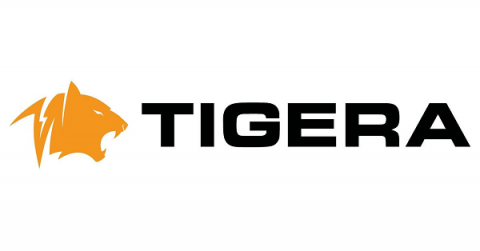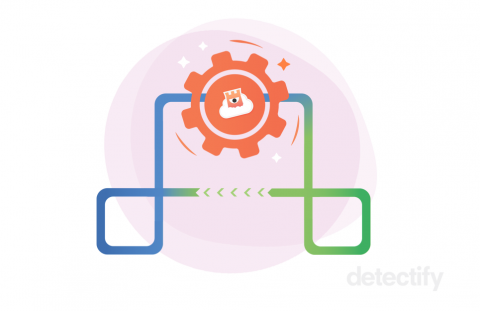Docker and Kubernetes in high security environments
Container orchestration and cloud-native computing has gained lots of traction the recent years. The adoption has increased to such level that even enterprises in finance, banking and the public sector are interested. Compared to other businesses they differ by having extensive requirements on information security and IT security. One important aspect is how containers could be used in production environments while maintaining system separation between applications.








